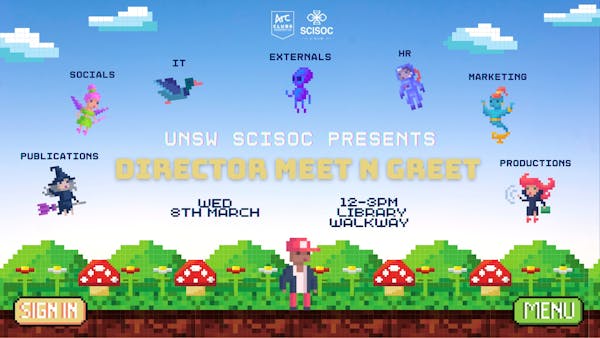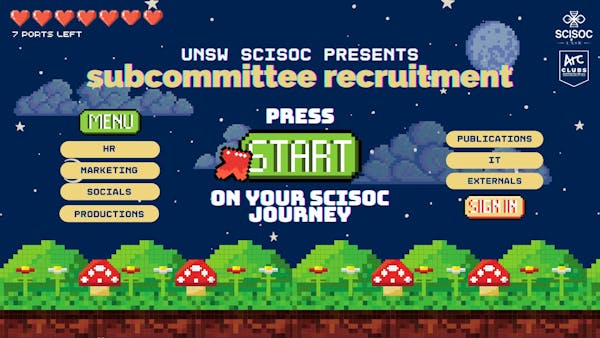Since magnetic particles are sprinkled throughout the gallium, a permanent magnet can drag it around. In solid form, a magnet can move the material at a speed of about 1.5 meters per second, and the external magnets can still manipulate the liquid form making it stretch, split and merge. But controlling the fluid’s movement is more challenging because the particles in the gallium can freely rotate and have unaligned magnetic poles as a result of melting. Because of their various orientations, the particles move in different directions in response to a magnet.
The researchers tested their strategy in tiny machines that performed different tasks. In a demonstration straight out of the movie Terminator 2, a toy person escaped a jail cell by melting through the bars and resolidifying in its original form using a mold placed just outside the bars.
On the more practical side, one machine removed a small ball from a model human stomach by melting slightly to wrap itself around the foreign object before exiting the organ. But gallium on its own would turn to goo inside a real human body, since the metal is a liquid at body temperature, about 37°C. According to the report papers, a few more metals, such as bismuth and tin, would be added to the gallium in biomedical applications to raise the material’s melting point. In another demonstration, the material was liquified and rehardened to solder a circuit board.
Although this phase-shifting material is a big step in the medical field, many other professionals question its biomedical applications. One big challenge many experts question is precisely controlling magnetic forces inside the human body that are generated by an external device.
“It’s a compelling tool,” says a robotics engineer from Harvard University, who was also not involved in the study. But, he adds, scientists who study soft robotics are constantly creating new materials.
“The true innovation to come lies in combining these different innovative materials.”








